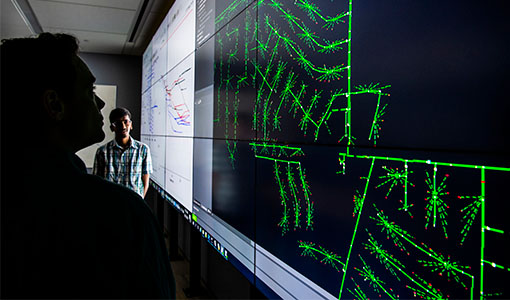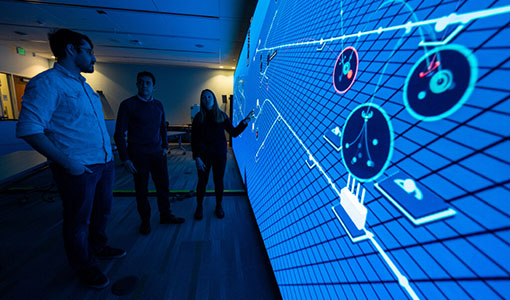Artificial Intelligence Research
NLR's artificial intelligence (AI) research targets technology advancement through machine learning (ML), reinforcement learning, multidisciplinary deep learning, and an enabling high-performance computing (HPC) infrastructure.
NLR is seeing success with generalized AI, motivated by applications from autonomous vehicles and systems to machine-guided inverse design. Our research using AI and ML allows us to derive insights, make predictions, and explain future system states by learning from data. Our models enable us to address—in a computationally efficient way—issues such as cyberattacks, real-time traffic concerns, protein engineering, and many others.
NLR fuses data streams, modeling and simulation, and ML into its HPC workflows, a paradigm anchored in its data centers. Synthetic data generation through modeling and simulation, computationally heavy ML training, and hyperparameter optimization for HPC suitability are key roles for HPC in the AI workflow. Learn more about NLR's advanced computing operations.
Software, Training, Datasets, and Collaboration Opportunities
NLR's data, tools, and software enable integration testing, data-driven decision-making, faster deployment, and reduced risk across the energy ecosystem. For example, BUTTER enables researchers to run high volumes of computational experiments in a highly distributed asynchronous way.
Access our artificial intelligence/machine learning user applications and support tools.
We regularly facilitate deep learning training sessions, which allow NLR cohorts to engage in professional development together, often well beyond the initial activity's scope.
Contact
Share
Last Updated Dec. 4, 2025



